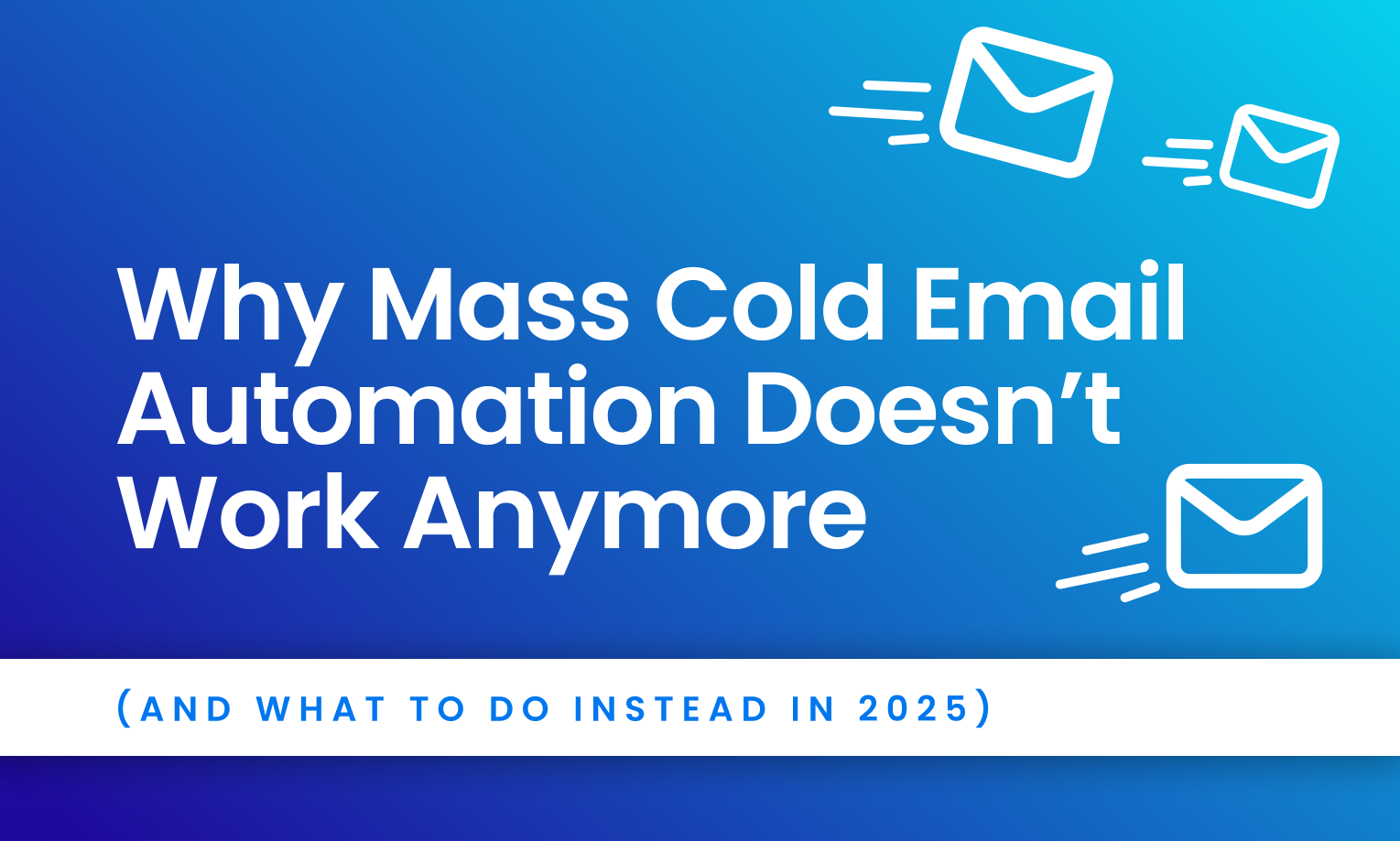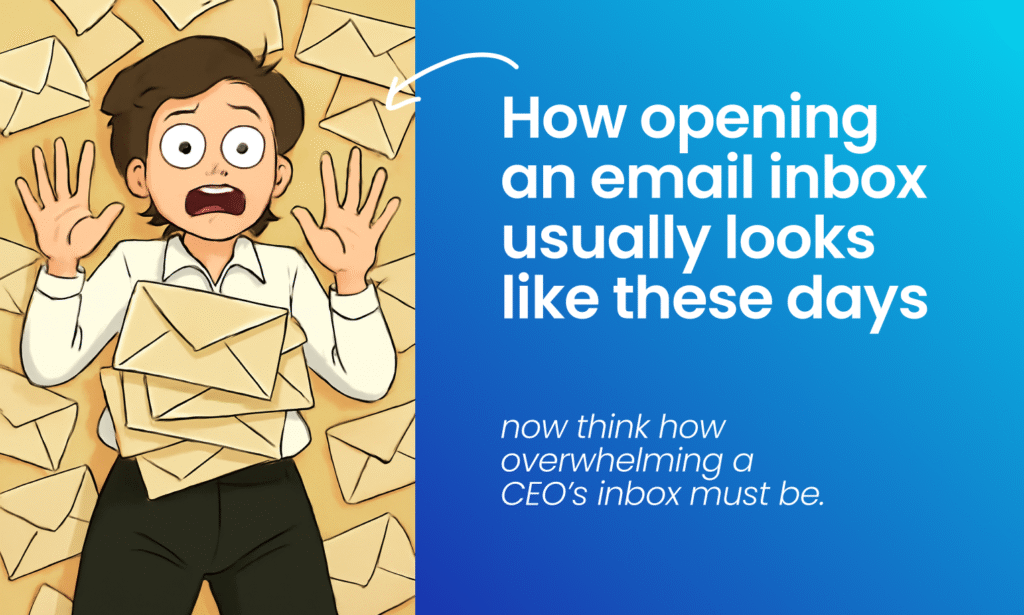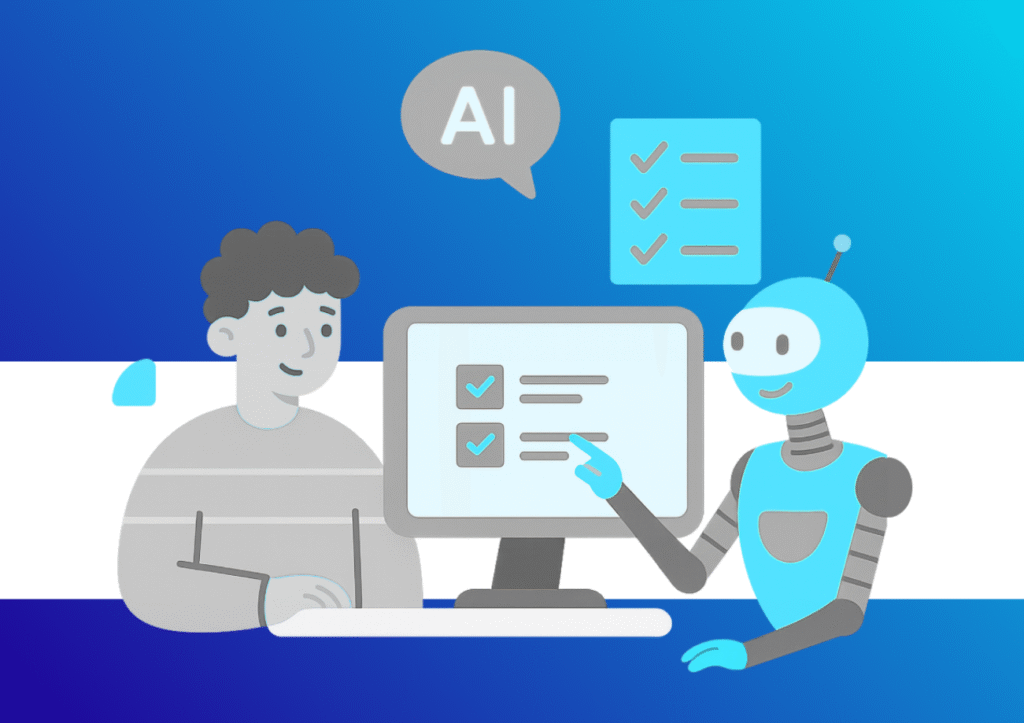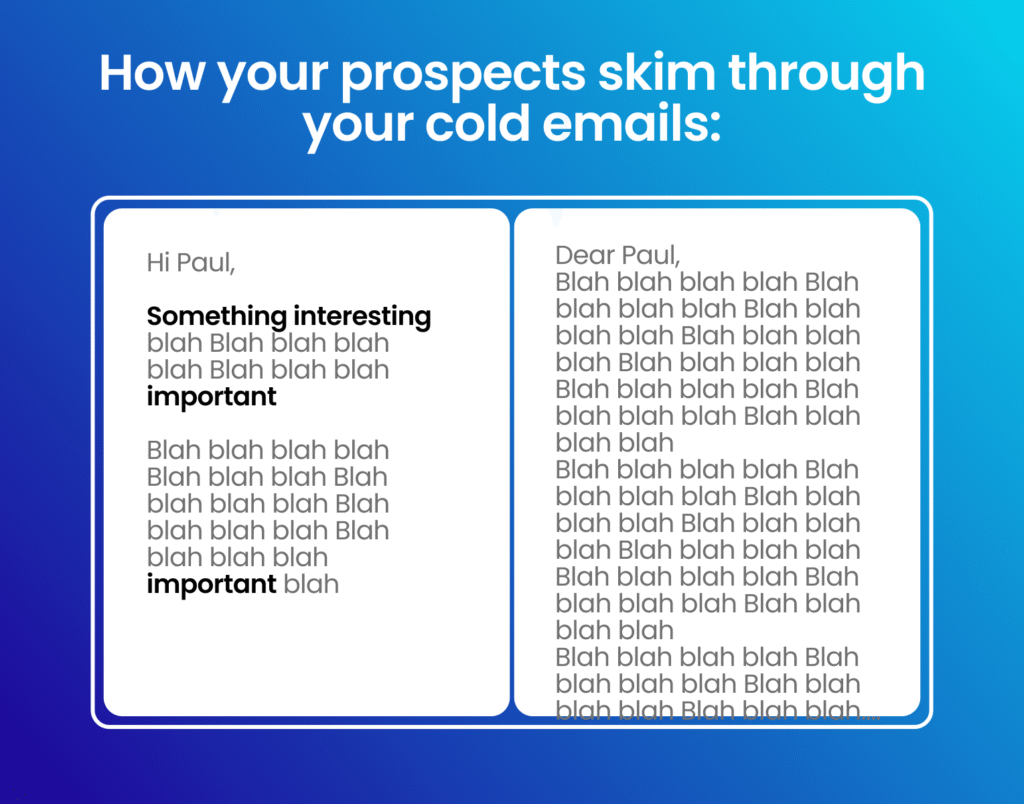
There was a time, not too long ago, when scheduling 10,000 cold emails in a bulk automation tool felt like a growth hack. Leads poured in. Calendars filled up. Founders flexed their outbound metrics in LinkedIn posts.
But let’s get real:
That playbook is dead.
In 2025, cold email automation, especially the “spray and pray” variety, is more broken than ever.
Even if you segment by industry, job title, or location, chances are your campaign still underperforms. Why?
Because your audience has evolved — and your cold emails haven’t.
Why Mass Cold Emails Are Failing in 2025
Here’s the hard truth: everyone can smell the automation.
Even non-tech folks — your accountant, your cousin, your yoga teacher — can tell when an email is bulk-sent.
Now imagine a CEO or VP, bombarded with 100+ impersonal sales emails every single day. They don’t have time. They don’t care. They don’t click.

Here are the big reasons mass automation is no longer effective:
- Advanced spam filters flag anything that looks templated or sent at scale
- Privacy laws (like GDPR, CCPA, etc.) are tightening up
- Cold email fatigue has peaked — your messages look like noise
- Your prospects’ BS radar is stronger than ever
That doesn’t mean cold email is dead.
But it does mean: only quality survives.
What Actually Works in 2025: Cold Email That Feels Human
To win inbox attention in 2025, you have to personalize, contextualize, and respect your reader’s time.
Here are three ways to craft better cold emails without getting flagged, ignored, or deleted:
1. The Manual Way (aka The Long Way)
Yes, this still works. But it’s a grind.
To get a reply from a high-value prospect, you need to:
- Study their company and recent updates
- Read their latest post, podcast, or PR interview
- Mention something specific and meaningful to them
- Insert your case studies or other relevant documents
- Show how your solution fits into their current priorities
- Craft a custom email (not a lazy template)
⏱️ Time cost? Easily 30–60 minutes per email.
This is the slowest approach, but it does work — especially if your TAM (total addressable market) is small and your average deal size is high.
2. Train Your AI Assistant (Smarter, Faster Outreach)

If you’re using tools like ChatGPT, you’re already ahead. But in 2025, the real winners are those who know how to train their AI for context.
Here’s how:
- Feed ChatGPT your brand tone, use cases, and email style
- Share your best-performing cold email examples
- For each new prospect, input unique details — their company news, job change, LinkedIn post, etc.
- Let AI generate the email → You refine and polish
This method gives you:
- Speed (way faster than manual)
- Context (better than bulk templates)
- Control (you edit before sending)
The more examples and final drafts you feed your AI, the smarter and more you-like it becomes. Eventually, it’ll write in a tone so close to yours, your prospect won’t know (or care) it was co-written with a machine.
3. Use Hyper-Personalization Tools (Not a Sponsorship)
There are some brilliant tools out there that make personalization at scale a reality. A few of our favorites:
- Clay: Pulls in real-time insights (like recent podcasts, social posts, news) to personalize emails in bulk
- Lusha: Helps you find verified contact data, and layer that with personalization
Note: This is not a sponsored post. We’re just sharing what works for our clients.
The goal is to move beyond {{first_name}} and {{company_name}} — and actually say something that makes your reader pause and think: “Okay, this person gets me.”
Extra Tips to Win at Cold Email in 2025
Even with great personalization, your emails can still flop if you don’t follow the fundamentals. Here are some key rules:
1. Keep It Short. Seriously.

No one’s reading a cold email over 150 words in 2025.
Cut the fluff, skip the feature list, goes without saying— Avoid buzzwords and spammy words as well.
👉 Tell them what problem you solve. Show proof. Invite them to talk.
That’s it.
If your SaaS just launched 6 new features, that’s cool. But your email is not the place to list them.
Your prospect only wants to know: How will this make my job easier?
2. Quality over quantity.
What’s the point of sending a thousand emails every day and not converting even one?
Reach out to 10 people a day. But do it with heart. Your prospect should feel like you have done your homework and you’re genuinely interested in working with them.
3. Think beyond the CEO
If your target company has more than 50 employees, there’s a high chance they have multiple decision-makers within the company, not just the CEO.
And since they are less popular than the CEO, they work like the low-hanging fruits. Their inboxes are likely less burdened, and you have a higher chance of grabbing their attention.
- Think about which CXOs or senior executives could be a part of the decision-making on the problem that you are solving.
- Or at least someone who might be reporting to the CEO and can forward your message to them.
3. Use Humor (Carefully)
Humor is a great attention-grabber if used correctly.
Here’s a guide with some great examples:
How to Write a Funny Sales Email That Actually Works – Social Talent
But be warned:
- Don’t joke about politics, HR, or personal stuff
- Don’t force it. If it feels unnatural, it probably is
- Keep the humor relevant to your message
A well-placed dad joke or pun can break the ice. A bad one can end the conversation before it starts.
3. Follow Up — But Only 3 Times
Yes, follow-ups work. But there’s a fine line between persistence and pestering.
We recommend 3 follow-ups max. Beyond that, it’s a waste of your reputation.
4. Vary Your Follow-Up Angles

Instead of repeating the same pitch over and over, switch things up. Here’s a proven structure:
- Initial Email: Introduce yourself, highlight a key benefit, drop a client name or two, and connect with a specific pain point
- Follow-Up 1: Share a case study with results. Make it short and numbers-driven
- Follow-Up 2: Agitate the pain point — why this issue might cost them more than they think
- Follow-Up 3: Final nudge. Respect their time. Ask if they’re interested or want you to stop emailing
Each email adds value. Each one feels different. But your core message stays consistent.
Final Thoughts
Cold email isn’t dead in 2025.
But lazy cold email is.
Mass automation without context is now just digital litter. It’s bad for your brand, your domain health, and your pipeline.
To succeed this year, you’ll need to:
- Personalize like a real human (or train your AI to do it)
- Use better tools that help you scale without losing quality
- Respect your prospect’s intelligence and time
You’re not just sending messages.
You’re trying to start a conversation with someone who doesn’t know you (yet).
Make that first impression count.
Need help crafting cold emails that actually convert?
We help small B2B brands go from inbox ignored → reply rates above 20%.
Win clients with meaningful cold emailing.


